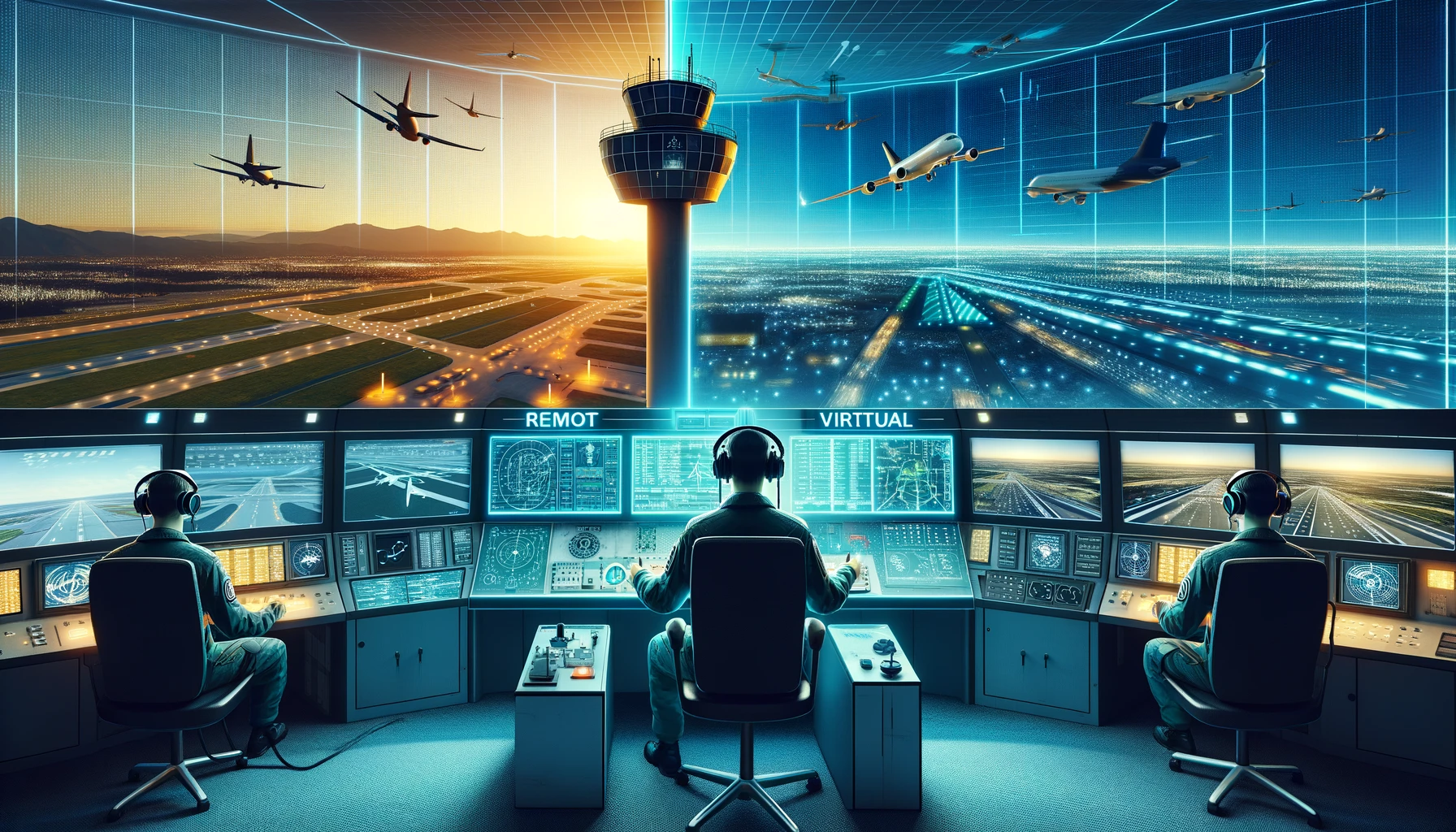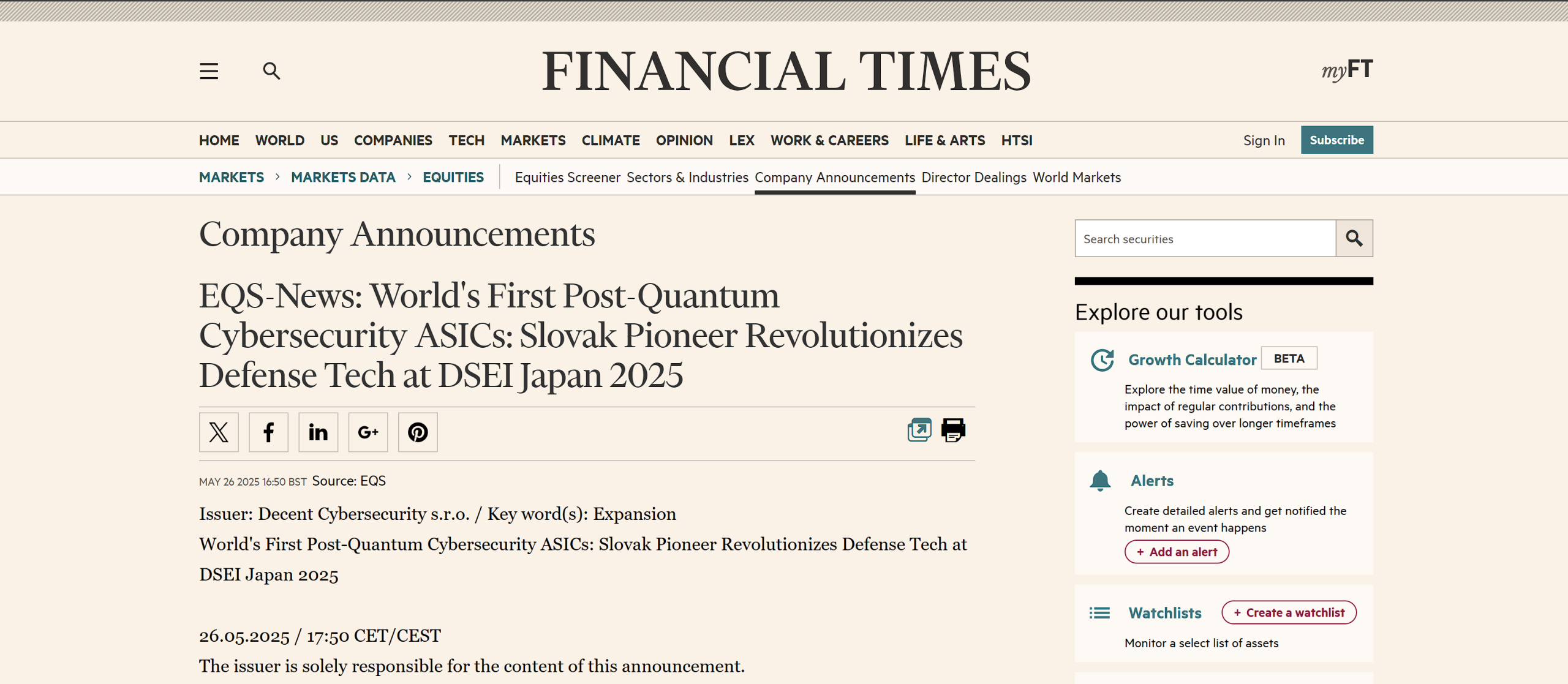Remote and Virtual Towers (RVT) have marked a paradigm shift in air traffic management (ATM), allowing air traffic services (ATS) to be executed remotely and providing a panoramic, high-definition view of airport operations. As RVT systems advance and handle increasingly complex airspaces, integrating blockchain technology can substantially enhance their efficiency, security, and transparency. Here’s an in-depth look at how blockchain can revolutionize RVT operations:
Immutable Record Keeping
Blockchain’s inherent characteristic of immutability ensures that records, once entered into the ledger, cannot be altered. This is crucial for maintaining a transparent and accurate log of all RVT operations, such as communication logs, aircraft movements, and maintenance records.
In instances of system failures or accidents, blockchain provides a reliable and unalterable audit trail, facilitating precise incident investigations and ensuring accountability.
Enhanced Security
Integrating blockchain can fortify RVT systems against cyber threats. Leveraging cryptographic techniques, sensitive data such as flight schedules, surveillance data, and personnel information can be encrypted, making it impervious to unauthorized access and breaches.
The decentralized architecture of blockchain reduces the vulnerability of RVT systems to single points of failure, which are often targeted in cyber-attacks.
Real-Time Data Sharing and Collaboration
Blockchain enables secure and real-time data sharing among various stakeholders, including air traffic controllers, airport authorities, and airlines. This coordinated approach ensures that each party has access to the same, most up-to-date information, fostering enhanced collaboration and informed decision-making.
For instance, weather data and flight schedules can be updated in real-time on the blockchain, ensuring that all parties can adjust their operations promptly and efficiently, thereby enhancing airspace safety and reducing delays.
Smart Contracts for Automated Operations
Smart contracts in blockchain can automate various RVT operations, reducing the need for manual intervention and thereby minimizing human errors. For example, smart contracts can automatically validate flight plans against current weather conditions and airspace restrictions, ensuring compliance and operational efficiency.
They can also automate maintenance schedules based on actual usage and wear-and-tear data recorded on the blockchain, ensuring timely upkeep and reducing unexpected downtimes.
Identity and Access Management
Blockchain’s robust identity verification systems can manage the identities and access rights of RVT personnel securely. By employing blockchain-based digital IDs and access controls, RVT systems can ensure that only authorized personnel can access sensitive controls and information, thereby enhancing operational security.
This system can also streamline personnel management across multiple locations, ensuring that qualifications and certifications are up-to-date and in compliance with regulatory requirements.
Scalability and Integration
As airports expand or modernize, blockchain’s scalability ensures that RVT systems can adapt to growing traffic volumes and increasingly complex operations without compromising performance.
Blockchain can seamlessly integrate with other emerging technologies like AI and IoT, further enhancing the capabilities of RVT systems. For instance, AI algorithms can analyze blockchain-stored data for predictive maintenance and anomaly detection, while IoT devices can provide real-time data feeds directly into the blockchain.
Enhancing Training and Simulation
Blockchain can revolutionize training programs for air traffic controllers by providing a secure and accurate log of training exercises, performance metrics, and certification records. This ensures transparency in the qualification process and maintains high standards of competency.
Additionally, integrating blockchain with simulation tools can facilitate realistic and dynamic training scenarios, allowing trainees to interact with real-time data and make informed decisions in a controlled environment.
In conclusion, integrating blockchain technology into RVT systems can significantly elevate the standards of air traffic management. From enhancing security and data integrity to enabling real-time collaboration and automated operations, blockchain’s potential in revolutionizing RVT operations is immense. As the aviation industry continues to evolve towards more digitized and interconnected frameworks, blockchain stands as a cornerstone technology, paving the way for a safer, more efficient, and transparent airspace.





